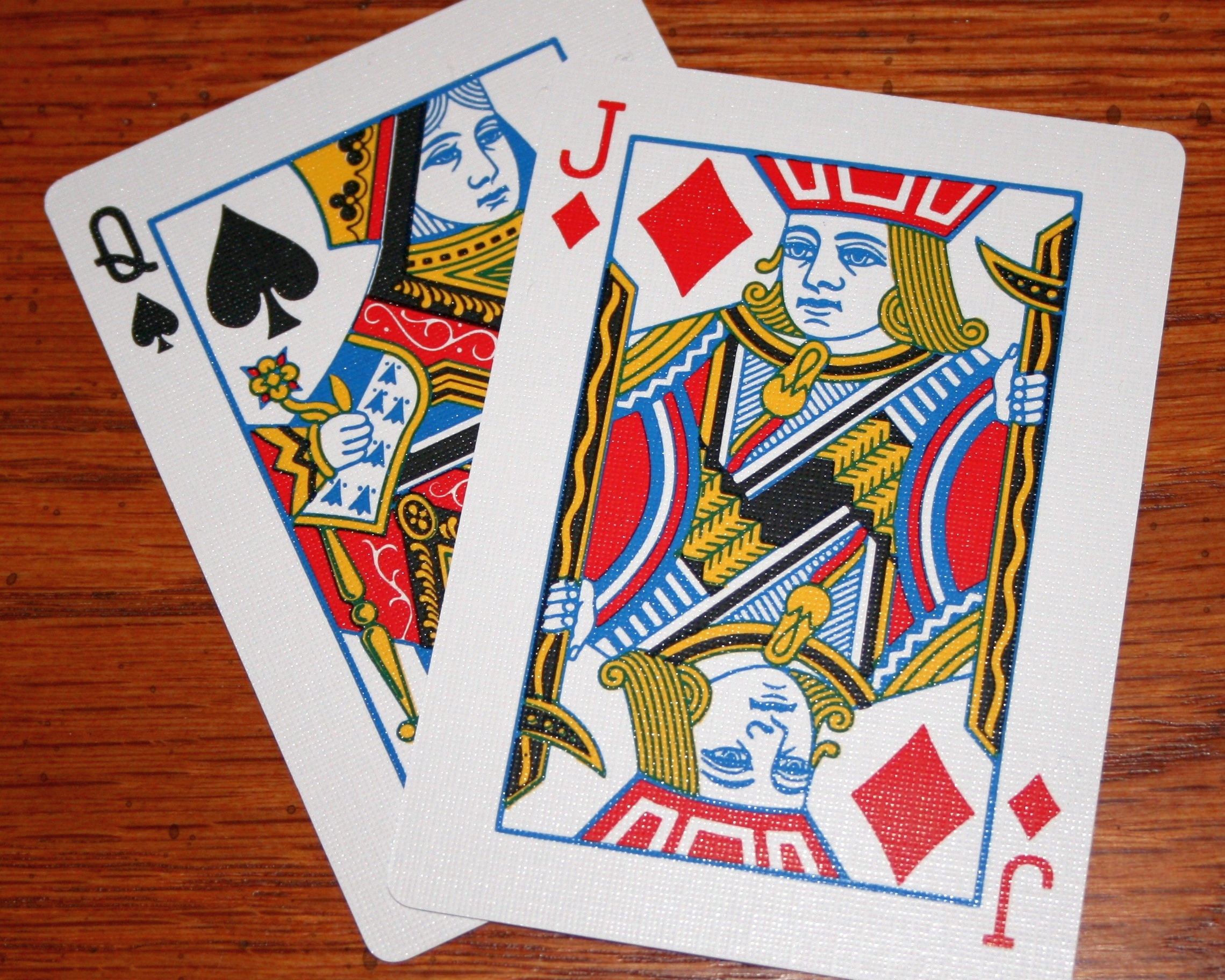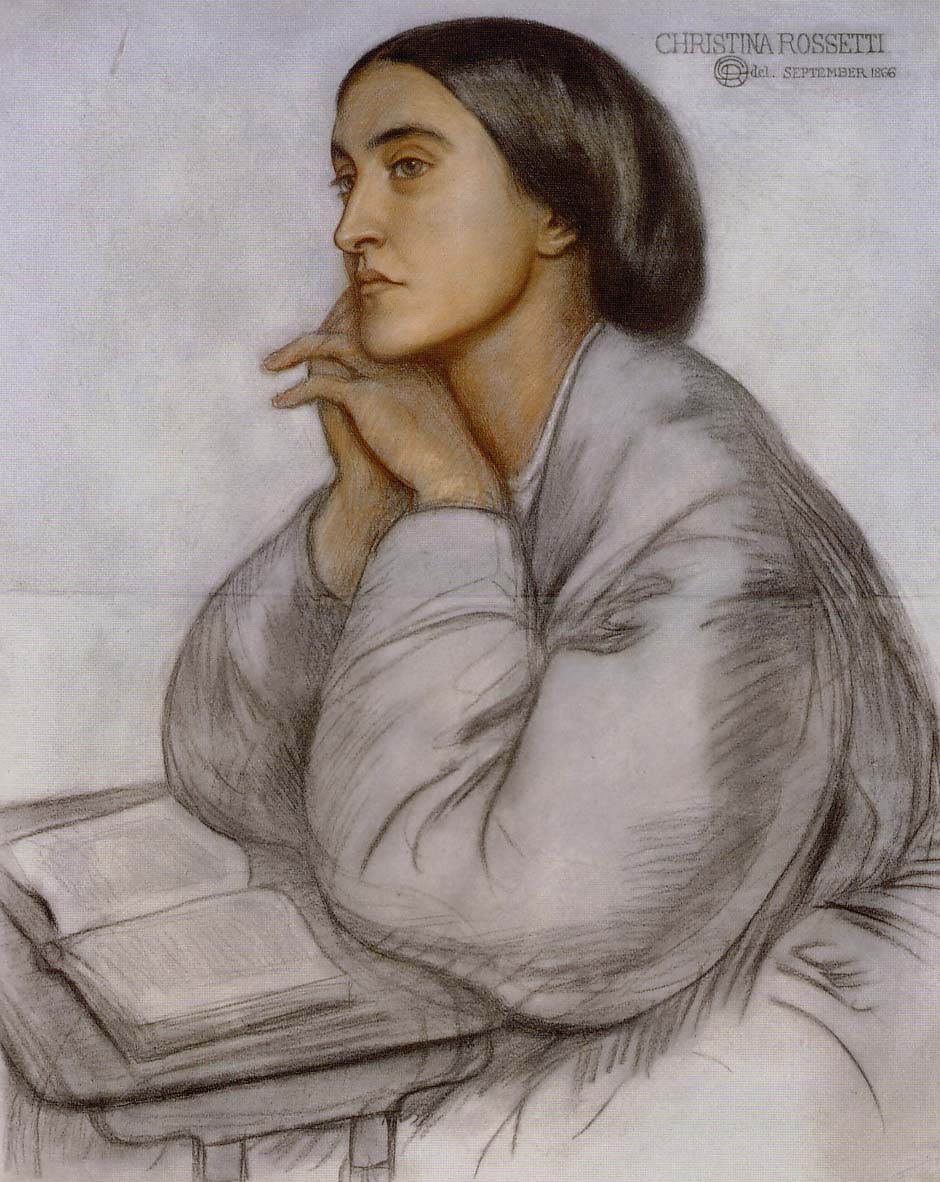|
Bezique
Bezique () or bésigue () is a 19th-century French melding and trick-taking card game for two players, which was imported to Britain and is still played today. The game is derived from piquet,''Transactions of the Philological Society'', Philological Society, pg. 289 - Philological Society (Great Britain) 1910 possibly via marriage (sixty-six) and briscan, with additional scoring features, notably the peculiar liaison of the and that is also a feature of pinochle, Binokel, and similarly named games that vary by country. History An early theory that appeared in the 1864 edition of ''The American Hoyle'' was that bezique originated in Sweden as the result of a royal competition. This much repeated, but unsubstantiated, tale is recounted thus: What is known is that the first rules – for a game played with a single pack of 32 cards – appeared in Paris in 1847 where Méry described it as a new game. [...More Info...] [...Related Items...] OR: [Wikipedia] [Google] [Baidu] |
Pinochle Meld
Pinochle (), also called pinocle or penuchle, is a trick-taking ace–ten card game, typically for two to four players and played with a 48-card deck. It is derived from the card game bezique; players score points by trick-taking and also by forming combinations of characters into Meld (cards), melds. It is thus considered part of a "trick-and-meld" category which also includes the game belote. Each hand is played in three phases: bidding, melds, and tricks. The standard game today is called "partnership auction pinochle". History Pinochle is thought to have two possible origins. One is that it is a cousin of Binokel, with both games evolving from the game of bezique. A second alternative is that pinochle actually developed from the Swiss and, later, South German game of Binocle or Binokel, which in turn is a descendant of bezique. The word pinochle has several different potential derivations. It may come from the French word ''binocle'' literally meaning "two eyes", or "eyegl ... [...More Info...] [...Related Items...] OR: [Wikipedia] [Google] [Baidu] |
Pinochle
Pinochle (), also called pinocle or penuchle, is a trick-taking ace–ten card game, typically for two to four players and played with a 48-card deck. It is derived from the card game bezique; players score points by trick-taking and also by forming combinations of characters into melds. It is thus considered part of a "trick-and-meld" category which also includes the game belote. Each hand is played in three phases: bidding, melds, and tricks. The standard game today is called "partnership auction pinochle". History Pinochle is thought to have two possible origins. One is that it is a cousin of Binokel, with both games evolving from the game of bezique. A second alternative is that pinochle actually developed from the Swiss and, later, South German game of Binocle or Binokel, which in turn is a descendant of bezique. The word pinochle has several different potential derivations. It may come from the French word ''binocle'' literally meaning "two eyes", or "eyeglasses" or ... [...More Info...] [...Related Items...] OR: [Wikipedia] [Google] [Baidu] |
Meld (cards)
In card games, a meld is a set of matching cards, typically three or more, that earn a player points and/or allow them to deplete their hand. Melds typically come in sequences of ascending cards belonging to the same suit known as '' runs'' () or ''sets/groups'' of cards of identical rank (). Other ones may be ''marriage'' (e.g. K and Q) and ''bezique'' (Q and J). Melding is typical in games of the rummy family, such as canasta Canasta (; Spanish language, Spanish for "basket") is a card game of the rummy family of games believed to be a variant of 500 rum. Although many variations exist for two, three, five or six players, it is most commonly played by four in two par ... and gin. It is also used in other games such as mahjong. Melds are also made in some trick-taking games, such as pinochle and bezique.Parlett (2008), pp. 287-291, 295-296. See also * Run (cards) * Set (cards) References Bibliography * Parlett, David. ''The Penguin Book of Card Games''. Lond ... [...More Info...] [...Related Items...] OR: [Wikipedia] [Google] [Baidu] |
Playing Cards
A playing card is a piece of specially prepared card stock, heavy paper, thin cardboard, plastic-coated paper, cotton-paper blend, or thin plastic that is marked with distinguishing motifs. Often the front (face) and back of each card has a Paper#Finishing, finish to make handling easier. They are most commonly used for playing card games, and are also used in magic tricks, cardistry, card throwing, and house of cards, card houses; cards may also be collected. Playing cards are typically palm-sized for convenient handling, and usually are sold together in a set as a deck of cards or pack of cards. The most common type of playing card in the West is the French-suited, standard 52-card pack, of which the most widespread design is the English pattern, followed by the Belgian-Genoese pattern. However, many countries use other, traditional types of playing card, including those that are German-suited, German, Italian-suited, Italian, Spanish-suited, Spanish and Swiss-suited. Tarot ca ... [...More Info...] [...Related Items...] OR: [Wikipedia] [Google] [Baidu] |
Card Game
A card game is any game that uses playing cards as the primary device with which the game is played, whether the cards are of a traditional design or specifically created for the game (proprietary). Countless card games exist, including families of related games (such as poker). A small number of card games played with traditional decks have formally standardized rules with international tournaments being held, but most are folk games whose rules may vary by region, culture, location or from circle (cards), circle to circle. Traditional card games are played with a ''deck'' or ''pack'' of playing cards which are identical in size and shape. Each card has two sides, the ''face'' and the ''back''. Normally the backs of the cards are indistinguishable. The faces of the cards may all be unique, or there can be duplicates. The composition of a deck is known to each player. In some cases several decks are Shuffling, shuffled together to form a single ''pack'' or ''shoe''. Modern car ... [...More Info...] [...Related Items...] OR: [Wikipedia] [Google] [Baidu] |
Christina Rossetti
Christina Georgina Rossetti (5 December 1830 – 29 December 1894) was an English writer of romanticism, romantic, devotional and children's poems, including "Goblin Market" and "Remember". She also wrote the words of two Christmas carols well known in Britain: "In the Bleak Midwinter", later set by Gustav Holst, Katherine Kennicott Davis, and Harold Darke, and "Love Came Down at Christmas", also set by Darke and other composers. She was a sister of the artist and poet Dante Gabriel Rossetti and features in several of his paintings. Early life and education Christina Rossetti was born at 38 Charlotte Street (now 110 Hallam Street), London, to Gabriele Rossetti, a poet and a political exile from Vasto, Abruzzo, Italy, since 1824, and Frances Polidori, the sister of Lord Byron's friend and physician John William Polidori. She had two brothers and a sister: Dante Gabriel Rossetti, Dante Gabriel became an influential artist and poet, and William Michael Rossetti, William Michael and ... [...More Info...] [...Related Items...] OR: [Wikipedia] [Google] [Baidu] |
Piquet Pack
A Piquet pack or, less commonly, a Piquet deck, is a pack of 32 French suited cards that is used for a wide range of card games. The name derives from the game of Piquet which was commonly played in Britain and Europe until the 20th century and is still occasionally played by connoisseurs. In the Netherlands it is referred to as a Jass pack, a term derived from games of the Jass type. Also referred to as Piquet cards, Piquet packs are still produced as standard packs of cards today, especially in Europe, for example to play the German national game of Skat (card game), Skat. A Piquet pack also may be Stripped deck, formed from a standard 52-card French pack by simply removing the Deuce (playing card), Deuces, Trey (playing card), Treys, Fours, Fives and Sixes. History The French Piquet pack originally comprised 36 cards, but was reduced to 32 cards around 1700. The 36-card packs continued to be produced in France until at least 1775, but thereafter became extinct. It is known th ... [...More Info...] [...Related Items...] OR: [Wikipedia] [Google] [Baidu] |
Euchre
Euchre or eucre ( ) is a trick-taking game, trick-taking card game played in Canada, Great Britain, New Zealand, Upstate New York, and the Midwestern United States. It is played with a deck of 24, 25, 28, or 32 standard playing cards. There are normally four players, two on each team, although there are Euchre variants, variations for two to nine players. Euchre emerged in the United States in the early 19th century. There are several theories regarding its origin, but the most likely is that it is derived from an old Alsace, Alsatian game called Jucker (card game), ''Jucker'' or ''Juckerspiel''. Euchre was responsible for introducing the Joker (playing card), joker into the modern deck of cards, first appearing in Euchre packs in the 1850s.Parlett (1991), p. 104.Porter (2010), p. 205. Euchre has a large number of variants and has been described as "an excellent social game".Kansil (2001), pp. 178–184. Origins and popularity ''Eucre'' is briefly mentioned as early as 1810, bei ... [...More Info...] [...Related Items...] OR: [Wikipedia] [Google] [Baidu] |
Talon (playing Cards)
In card games, a talon (; French for "heel") is a stack of undealt cards that is placed on the table to be used during the game. Depending on the game or region, they may also be referred to as the blind, kitty, skat, stock, tapp or widow (US). Description In 1909, Meyers Lexicon described the talon as ''"the cards left over after dealing..."'' In games of chance, such as Pharo, it is ''"the stock of cards which the banker draws on"''. The talon is usually a pack of cards, placed face down, in the middle of the card table. In other games, there are however very different variations, for example in Königrufen. Talons may be placed face up or face down. Parlett describes a ''kitty'' as "the pool or pot being played for" or "a dead hand or widow". He also equates ''talon'' to ''stock'' as the "cards which are not dealt initially but may be drawn from or dealt out later in the play".Parlett, David. ''The Penguin Book of Card Games''. London: Penguin (2008), p. 642-646. . Exampl ... [...More Info...] [...Related Items...] OR: [Wikipedia] [Google] [Baidu] |
Trump (cards)
A trump is a playing card which is elevated above its usual rank in trick-taking games. Typically an entire suit is nominated as a ''trump suit''; these cards then outrank all cards of plain (non-trump) suits. In other contexts, the terms ''trump card'' or ''to trump'' refers to any sort of action, authority or policy which automatically prevails over all others. The introduction of trumps is one of only two major innovations to trick-taking games since they were invented; the other being the idea of bidding. Trump cards, initially called '' trionfi'', first appeared with the advent of Tarot cards in which there is a separate, permanent trump suit comprising a number of picture cards. The first known example of such cards was ordered by the Duke of Milan around 1420 and included 16 trumps with images of Greek and Roman gods. Around the same time that Tarot cards were invented with the purpose of adding a trump suit to the existing four suits, a similar concept arose in the g ... [...More Info...] [...Related Items...] OR: [Wikipedia] [Google] [Baidu] |





